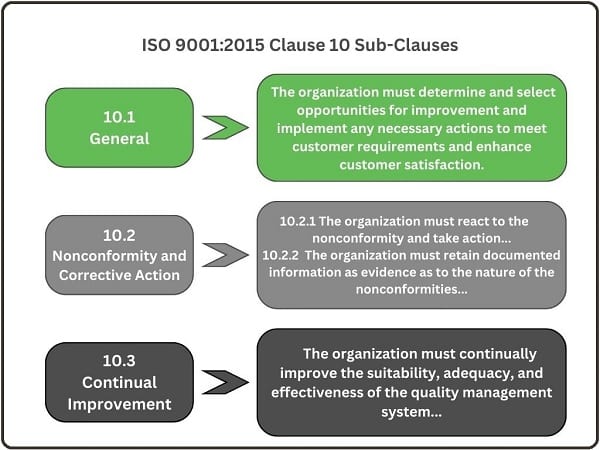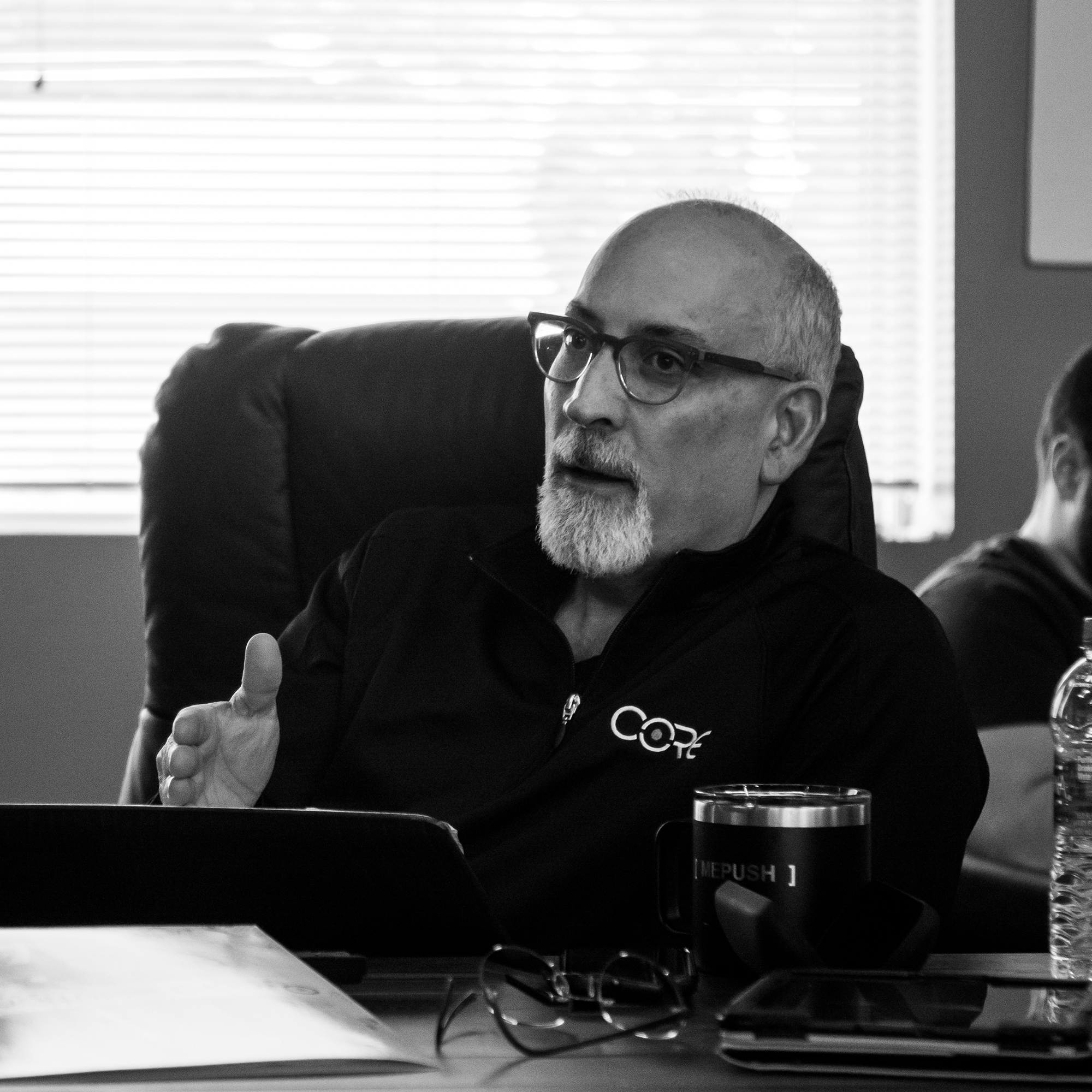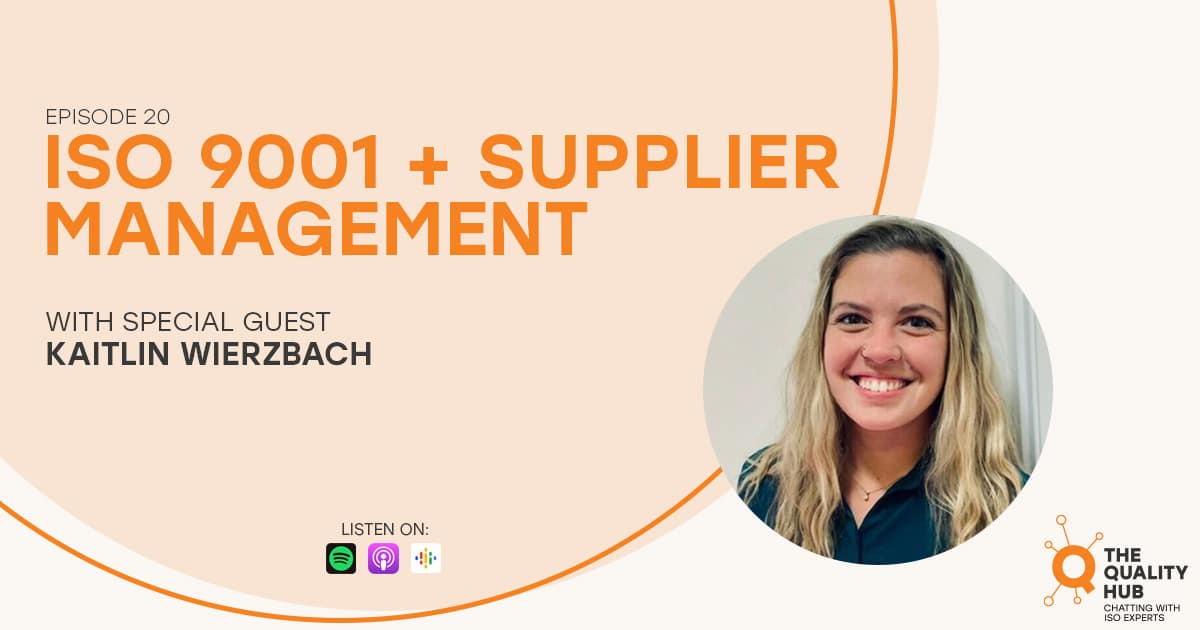ISO 9001:2015 Clause 10.3
What is ISO 9001:2015 Clause 10.3?
Clause 10.3 emphasizes the organization’s commitment to continually improve the effectiveness of its quality management system (QMS). Continual improvement is a fundamental principle in ISO 9001, and this clause guides how organizations can approach and implement this process.
Key points outlined in Clause 10.3 include:
Improvement Objectives:
- Establish improvement objectives aligned with the organization’s overall goals.
- These objectives should be measurable and consistent with the organization’s quality policy.
Measurement of Improvement:
- Implement mechanisms to measure the effectiveness of continual improvement activities.
- Use performance indicators and other relevant metrics to assess progress.
Feedback Processes:
- Establish processes for obtaining feedback from relevant stakeholders, including customers and employees.
- Use feedback to identify areas for improvement and to validate the effectiveness of implemented changes.
Innovation and Learning:
- Encourage a culture of innovation and learning within the organization.
- Explore new technologies, methodologies, and best practices that could contribute to improvement.
Get a Free Quote
Review and Evaluation:
- Regularly review and evaluate the results of improvement initiatives.
- Determine the effectiveness of implemented changes and identify opportunities for further improvement.
Documentation and Communication:
- Document the results of improvement activities, including changes made, lessons learned, and their impact on performance.
- Communicate the outcomes of improvement efforts to relevant stakeholders.
Integration with Other Processes:
- Integrate continual improvement activities with other processes within the QMS.
- Ensure that improvement is a collaborative and ongoing effort involving all relevant parts of the organization.
Management Review:
- Include a review of the organization’s performance in continual improvement as part of the management review process.
By adhering to the principles outlined in Clause 10.3, organizations aim to create a culture of continuous improvement, ensuring that their QMS evolves and adapts to changing circumstances and objectives. This contributes to enhanced customer satisfaction, operational efficiency, and overall organizational performance. Always refer to the latest version of the ISO 9001 standard for the most accurate and up-to-date information.

How do you comply with Clause 10.3?
Complying with Clause 10.3 of ISO 9001:2015, which focuses on continual improvement, involves establishing a systematic and proactive approach within your organization. Here are steps you can take to comply with Clause 10.3:
Establish Improvement Objectives:
- Define specific, measurable, achievable, relevant, and time-bound (SMART) improvement objectives aligned with your organization’s overall goals and quality policy.
Performance Measurement:
- Implement key performance indicators (KPIs) and other relevant metrics to measure the effectiveness of your continual improvement activities.
- Monitor and track performance data to assess progress toward improvement objectives.
Feedback Mechanisms:
- Establish processes to gather feedback from various stakeholders, including customers, employees, and suppliers.
- Use customer complaints, surveys, and employee suggestions as valuable input for identifying areas that need improvement.
Innovation and Learning:
- Foster a culture of innovation and learning within the organization.
- Encourage employees to explore new ideas, technologies, and methodologies that can contribute to improvement.
Regular Review and Evaluation:
- Conduct regular reviews and evaluations of improvement initiatives.
- Assess the effectiveness of implemented changes and identify opportunities for further enhancement.
Documentation of Improvement Activities:
- Document the results of improvement activities, including the changes made, lessons learned, and their impact on performance.
- Keep records to demonstrate compliance with the requirements of Clause 10.3.
Communication:
- Communicate the outcomes of improvement efforts to relevant stakeholders.
- Share success stories, lessons learned, and the positive impact of improvement initiatives with the organization.
Integration with Other Processes:
- Integrate continual improvement activities with other processes within the quality management system (QMS).
- Ensure that improvement is a collaborative effort involving various departments and functions.
Management Review:
- Include a review of the organization’s performance in continual improvement as part of the management review process.
- Use the insights gained from these reviews to make informed decisions about the organization’s QMS.
Training and Development:
- Provide training and development opportunities to employees to enhance their skills and knowledge, contributing to the overall improvement of the organization.
Celebrate Successes:
- Acknowledge and celebrate successful improvement initiatives to motivate and reinforce the importance of continual improvement.
Adaptability and Flexibility:
- Foster an organizational culture that values adaptability and flexibility, allowing the organization to respond proactively to changing circumstances.
By following these steps, your organization can establish and demonstrate a commitment to continual improvement as outlined in Clause 10.3 of ISO 9001:2015. Regular monitoring, communication, and a culture of ongoing improvement are essential for sustained compliance and success.
What is the History of Clause 10.3?
ISO 9001:2015 is the latest version of the ISO 9001 standard, and Clause 10.3, titled “Continual improvement,” emphasizes the organization’s commitment to continually improve the effectiveness of its quality management system (QMS). The historical evolution of this clause can be traced through the previous versions of the standard:
ISO 9001:1987:
The initial version of ISO 9001 did not have a specific clause addressing continual improvement.
ISO 9001:1994:
The 1994 version of ISO 9001 introduced the concept of preventive action, emphasizing the need for organizations to take proactive measures to prevent issues. While this was not a direct reference to continual improvement, it was a step toward a more proactive approach to quality management.
ISO 9001:2000:
The year 2000 revision of the standard introduced the concept of continual improvement more explicitly. Clause 8.5 was titled “Improvement,” and it included both corrective action and preventive action. This version highlighted the importance of ongoing improvement efforts in addition to addressing nonconformities.
ISO 9001:2008:
The 2008 version maintained the structure introduced in 2000. Clause 8.5 continued to address improvement, emphasizing the need for corrective action to deal with non-conformities and preventive action to address potential issues.
ISO 9001:2015:
The current version, ISO 9001:2015, further evolved the approach by restructuring the standard and emphasizing a broader perspective on risk-based thinking and integration of various management system processes. Clause 10.3, titled “Continual improvement,” addresses the organization’s commitment to continually enhance the suitability, adequacy, and effectiveness of its QMS.
The history of Clause 10.3 reflects a progression in the ISO 9001 standard’s approach to continual improvement. The shift from preventive action and correction to a more comprehensive and integrated focus on continual improvement aligns with the standard’s emphasis on risk-based thinking and a holistic approach to quality management. Always refer to the latest version of the ISO 9001 standard for the most accurate and up-to-date information.
Helpful Resources: ISO Audits – ISO 9001 and Supplier Management
In this podcast episode, host Xavier Francis interviews Kaitlin Wierzbach, consultant at Core Business Solutions, about ISO 9001 supplier management. They discuss the significance of supplier management for businesses and highlight the key elements of an effective system. Kaitlin emphasizes the importance of identifying, qualifying, and evaluating suppliers to ensure consistent delivery of quality products and services. Listen Now
Consulting Support for ISO 9001
Every year, we help hundreds of small businesses achieve ISO 9001 certification. Support for ISO 9001 is available through any of our Consulting Programs As an American business with a story like yours, we know that time is valuable. Our expert consultants are here to take on the difficult, technical aspects of certification so you can focus on your business. They’ll work with you every step of the way until you’re successfully certified. Interested? Get a Free Quote.
In many industries, ISO 9001 has become a supply-chain requirement. When landing a big contract, ISO 9001 certification could make all the difference.

About Core Business Solutions
"Core Business Solutions was started by my brother, Mike Dawson, and myself, true entrepreneurs at heart looking for a better way to make a living and help small businesses improve the quality of the products and services they provide.
The bottom line: we are real people that have developed a team to come along side you to help you grow and succeed."
-- Scott Dawson, President
Related Standards
We provide consulting support for various other standards, as well as support for companies seeking multiple certifications through an Integrated Management System.
AS9100
Aerospace Manufacturers
AS9120
Aerospace Distributors
ISO 14001
Environmental Management Systems
ISO 27001
Information Security Management Systems
ISO 20000-1
Service Management Systems
ISO 45001
OH&S Management Systems
ISO 13485
Medical Device Manufacturers
AS9100
AS9120
ISO 14001
ISO
20000-1
ISO 27001
ISO 45001
ISO 13485
Equip Your Business to Meet ISO 9001 With CORE
At Core Business Solutions, we’re here to equip your company for success in meeting ISO 9001 requirements. We’ve helped hundreds of small businesses grow and deliver the best solutions to their clients. We provide ISO training services, consulting help, and compliance software and to help you get certified and stay certified. We focus on optimizing your processes and helping you implement an ISO-compliant QMS. When you partner with us, you’ll get the tools and help you need for success. For more information on the ISO 9001:2015 standard, please visit our articles page. You can also call our consulting office at 866-354-0300 or contact us online.
Do you want to update your existing ISO 9001 QMS System or refresh it?
We provide consulting services to assist you in your ISO 9001 Quality Management System refresh. We listen, conduct a gap analysis, update your Quality Policy and any necessary documentation or procedures, find areas of waste or improvement, simplify and automate. And we do it fast. Core offers firm, fixed pricing. Download our information sheet today to learn more or call us at 866-354-0300 Extension 2.

